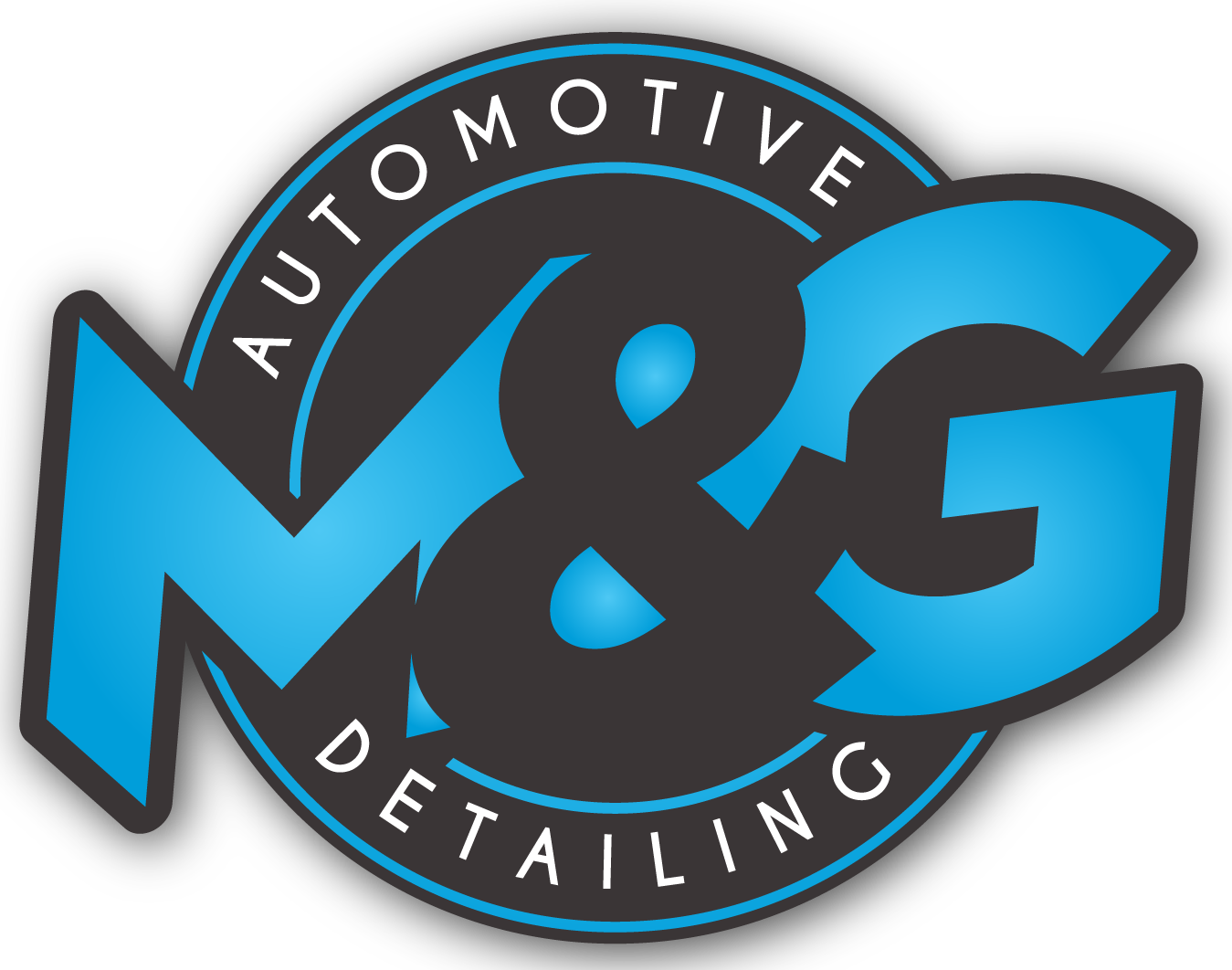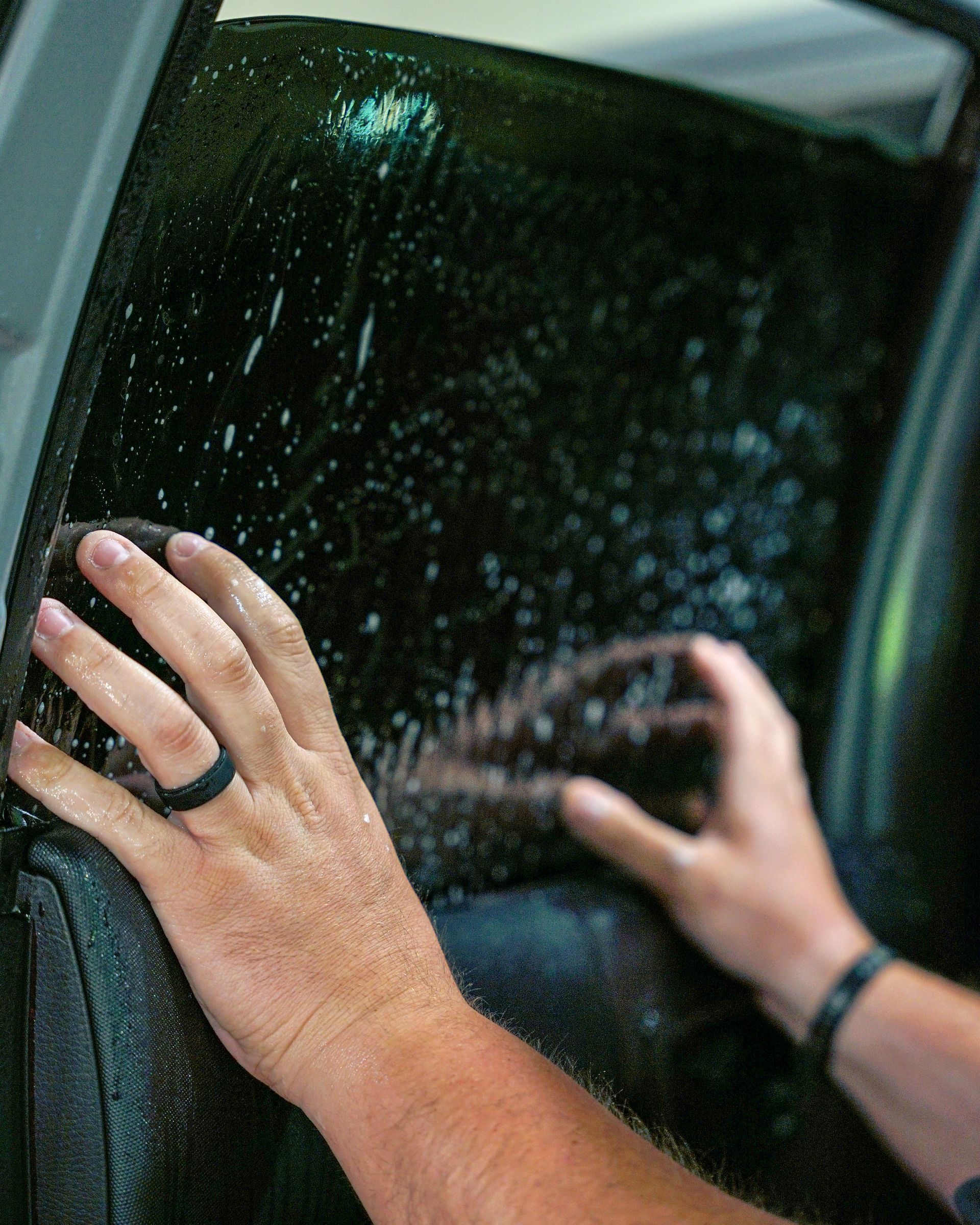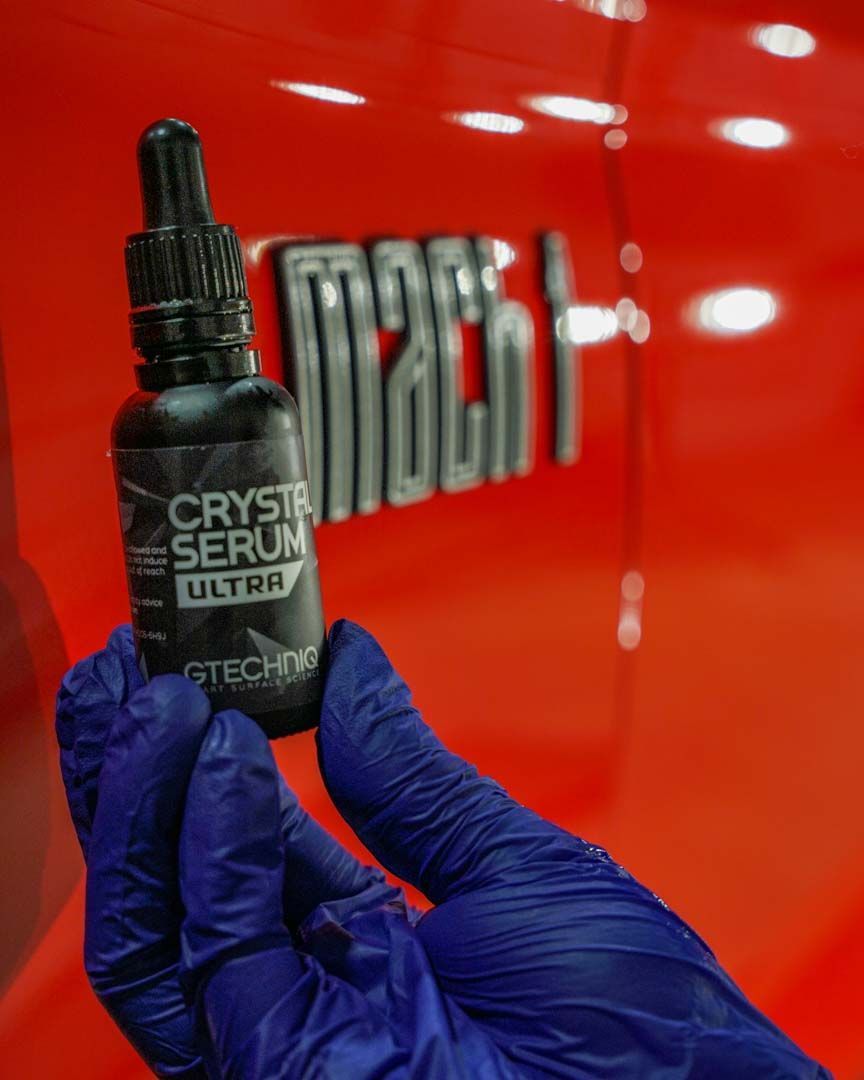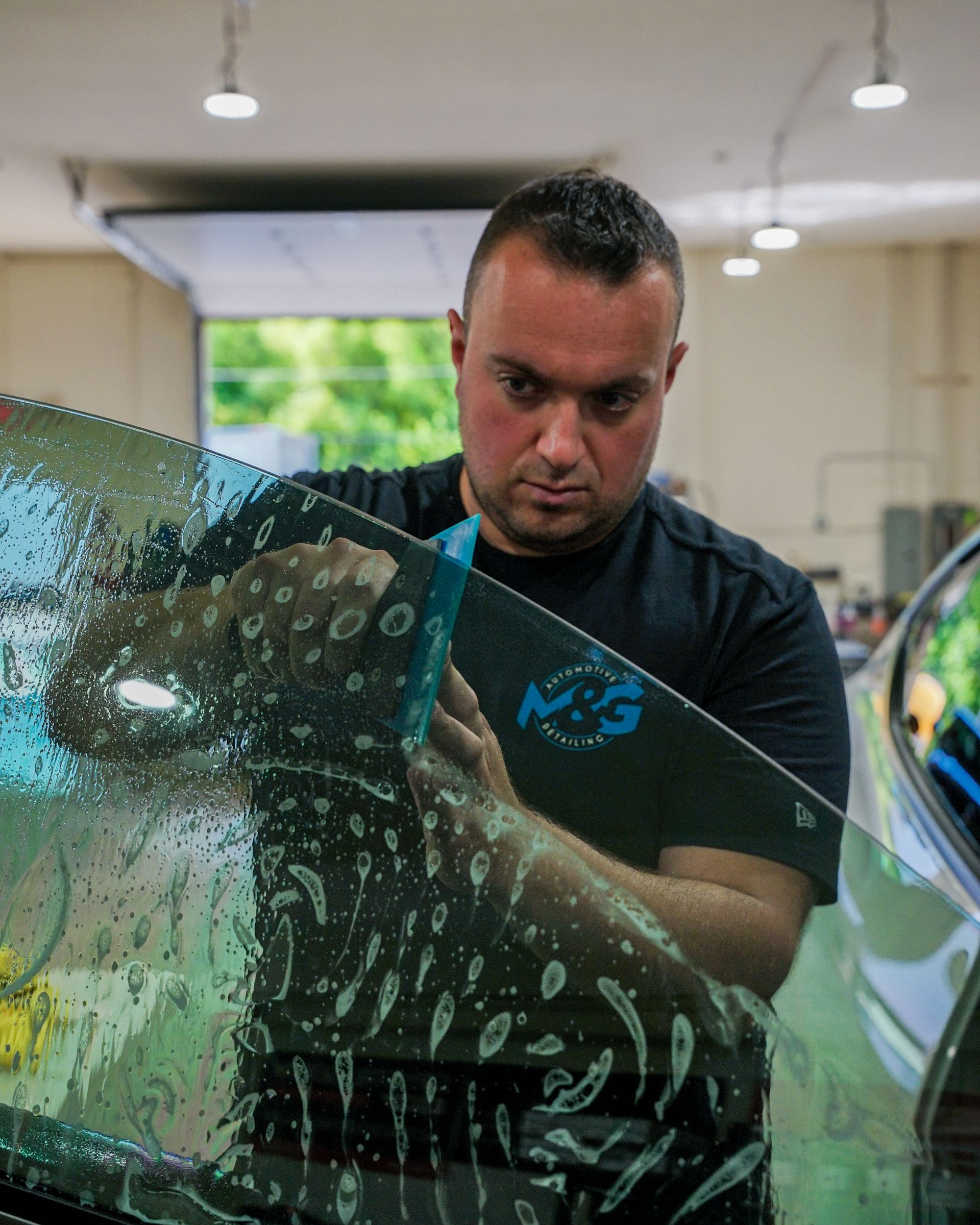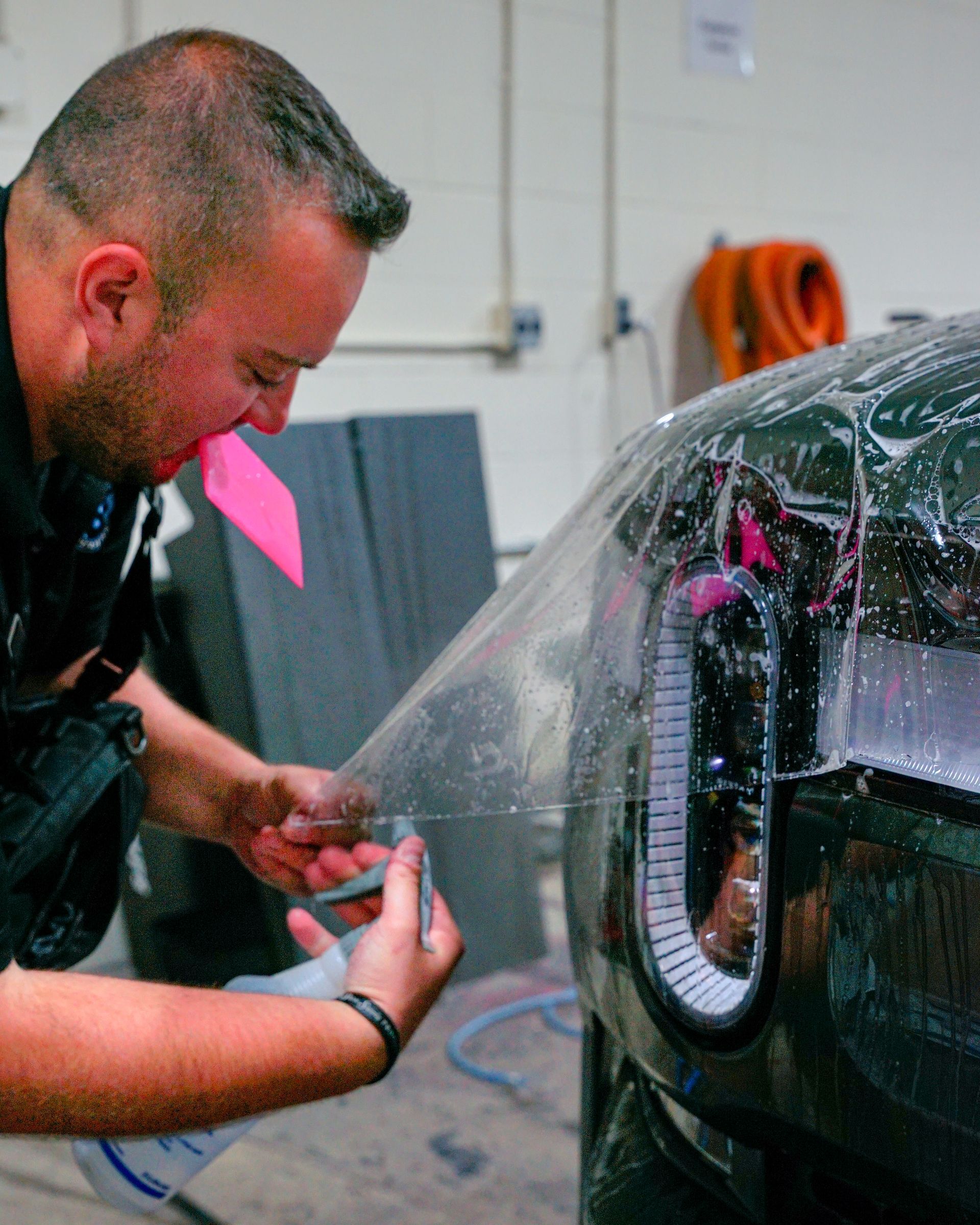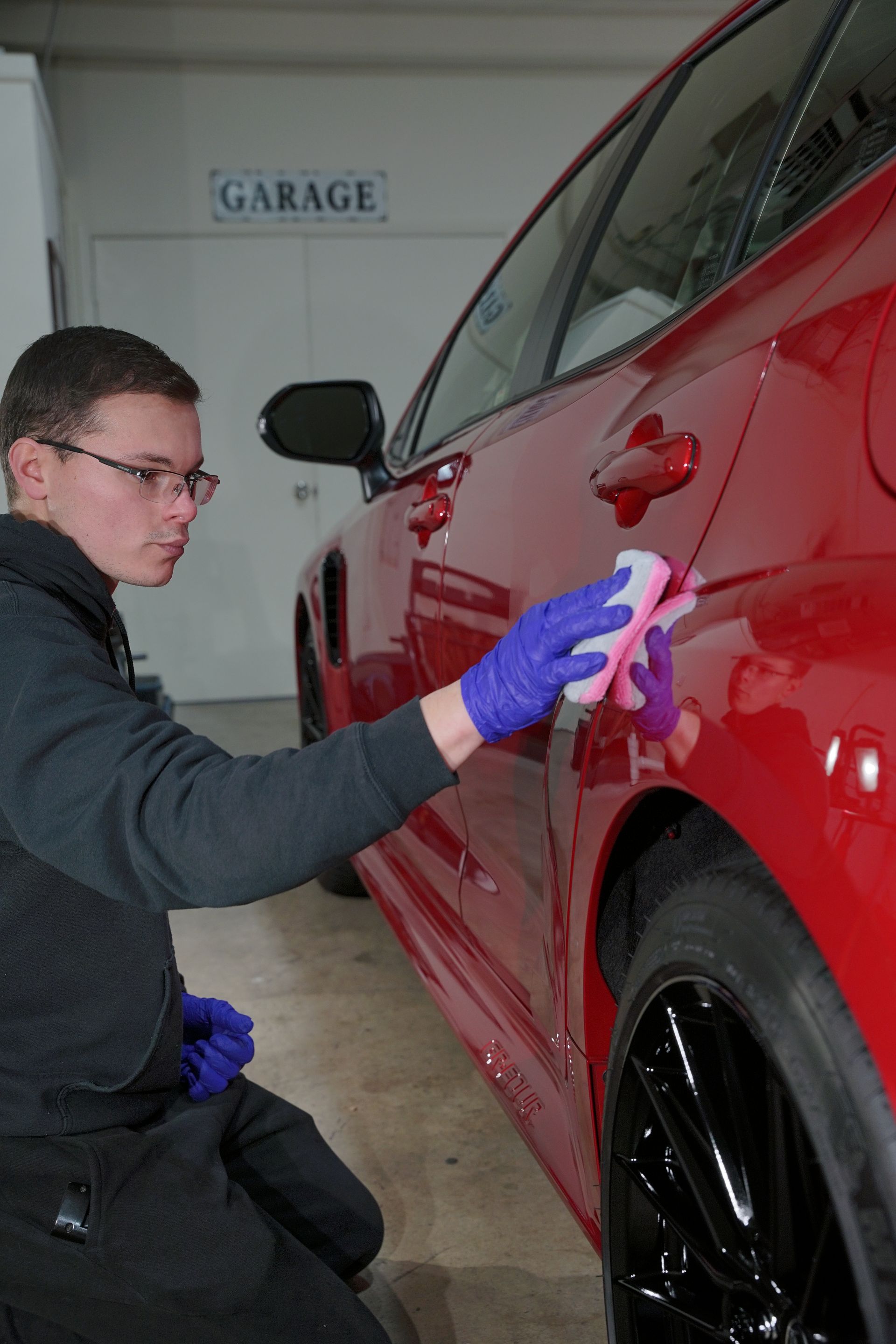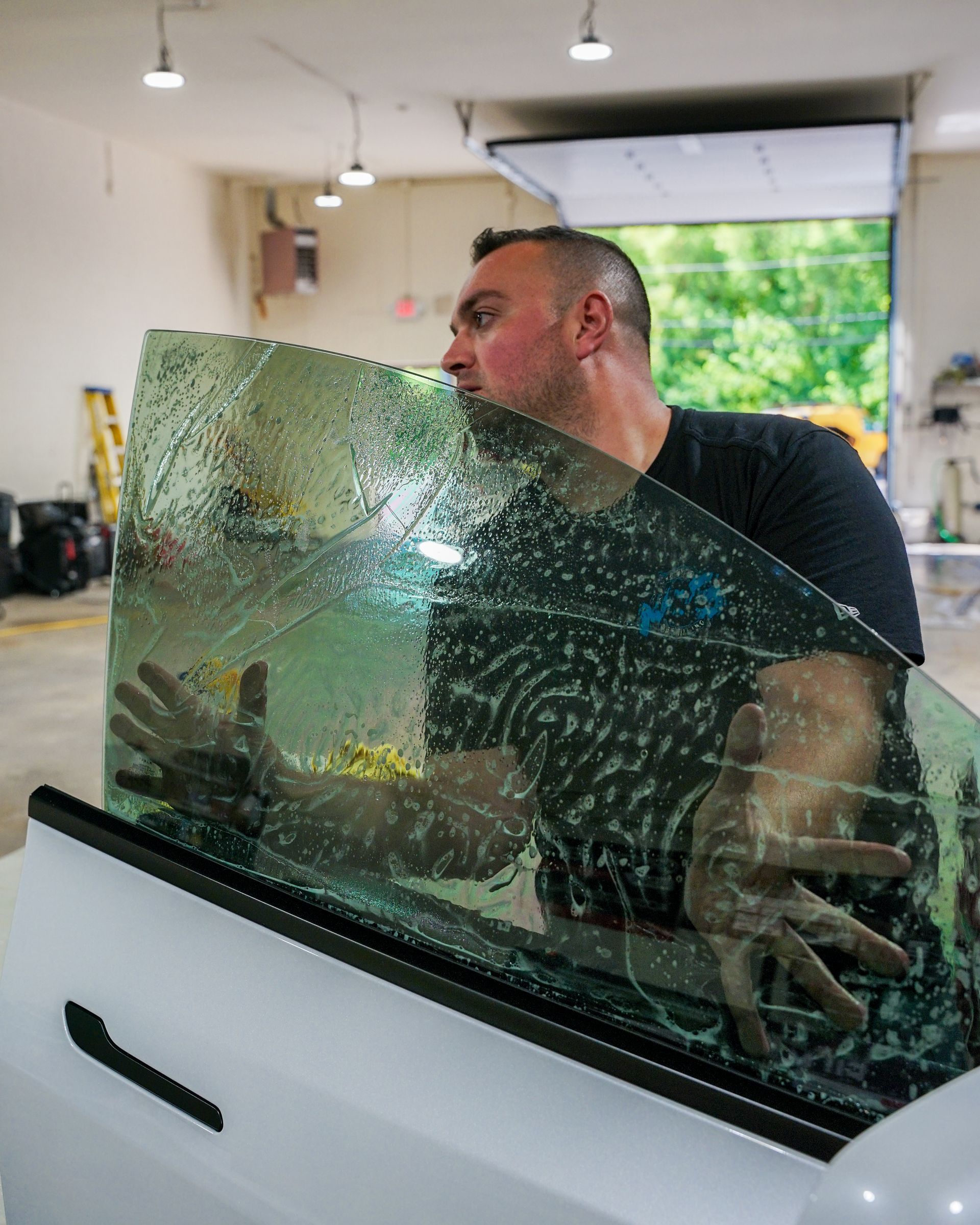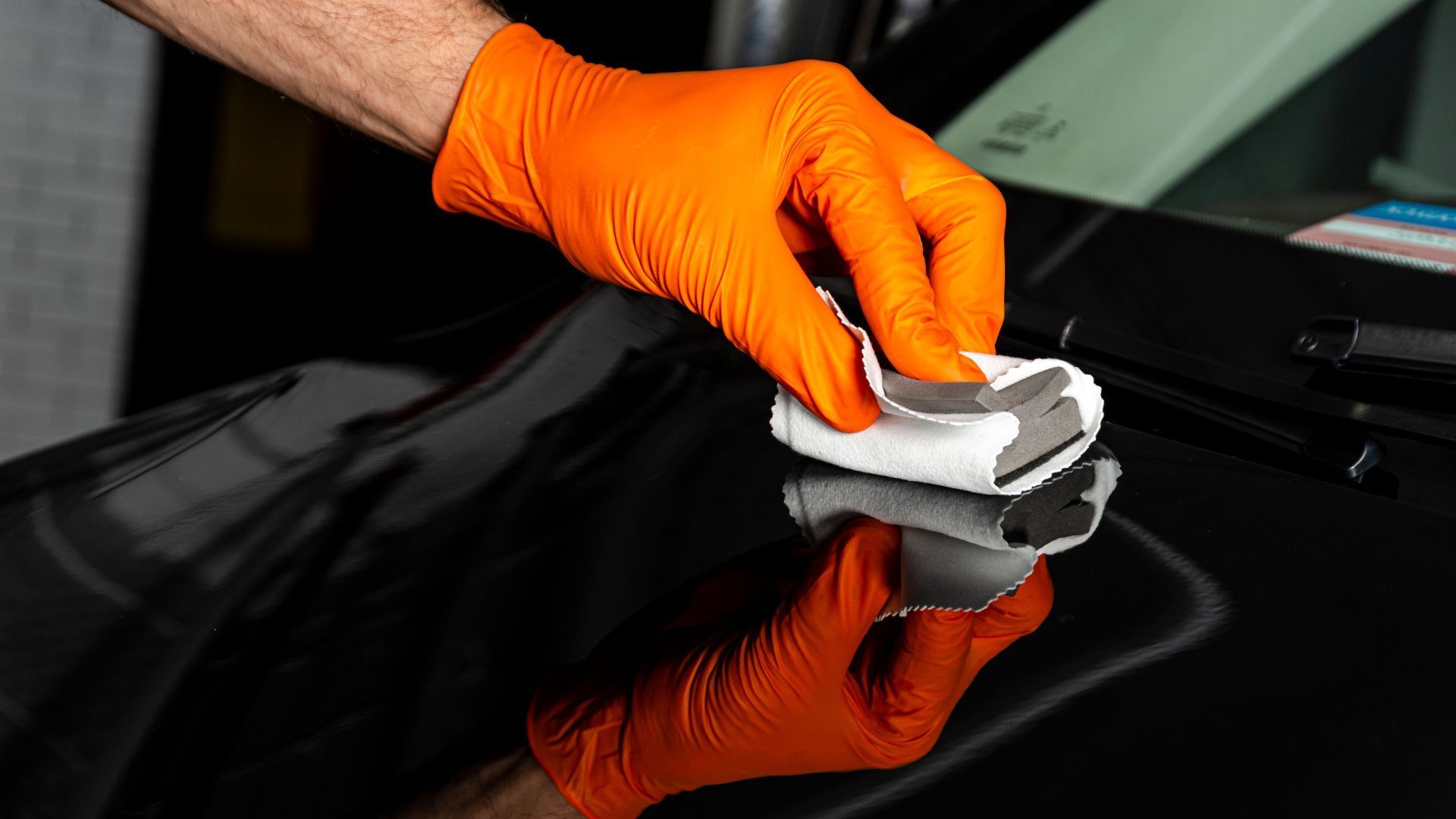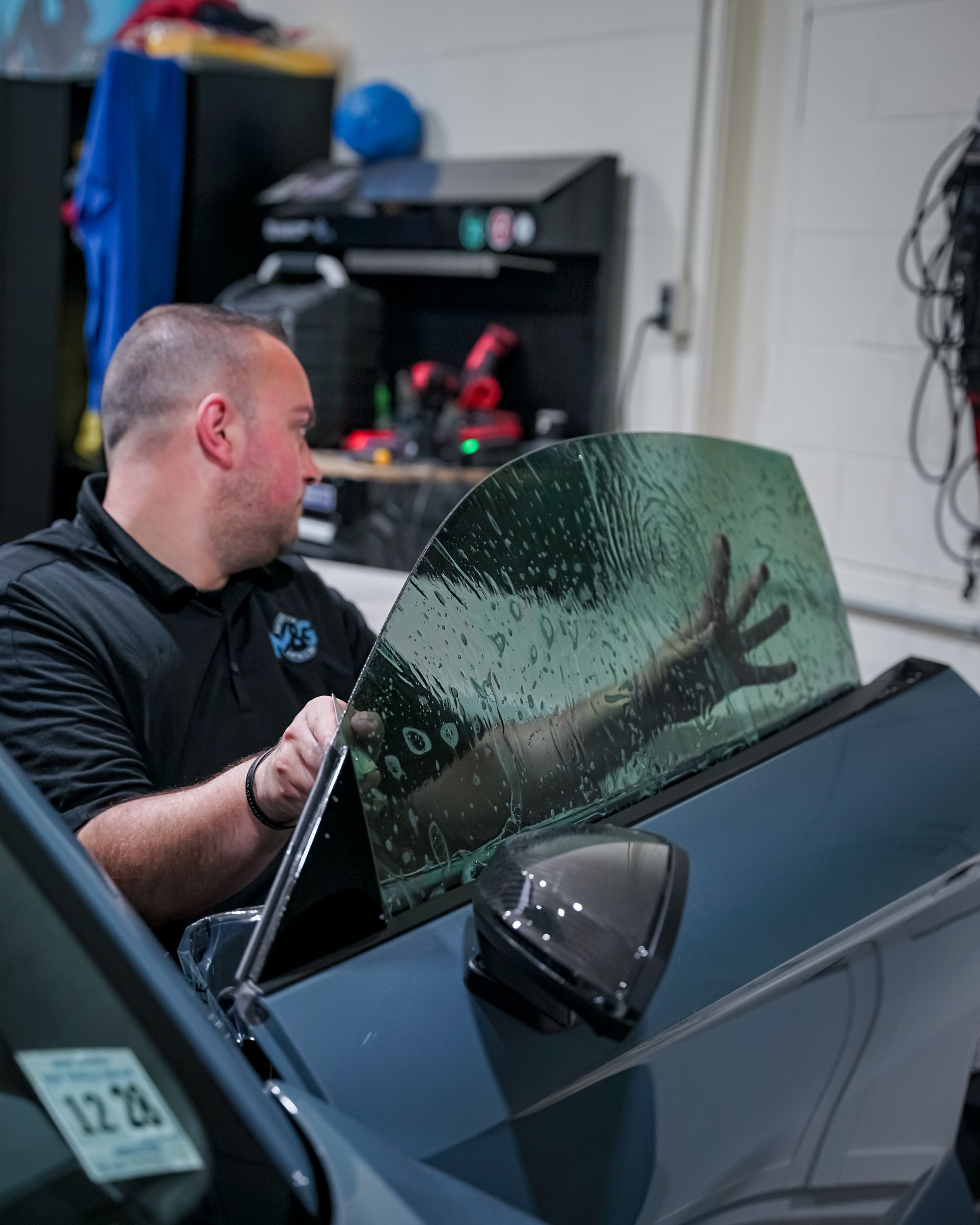Extending the Lifespan of Your Paint Protection Film: Maintenance Tips and Techniques
Unleashing your vehicle's aesthetic charm is rendered pointless if it fails to stand the test of time. It's all about durability, and this is where Paint Protection Film (PPF) steps into the limelight, a real game-changer in vehicle care that has seized the industry by storm. But how do you ensure its longevity? In this blog post, we delve deep into the preserve of maintaining the integrity of your PPF, offering practical maintenance tips and techniques designed to extend its lifespan—shielding your car's charisma for many more miles down the road. Read on to navigate through the terrain of relentless protection and timeless allure!
Properly maintaining your paint protection film is key to extending its lifespan. This includes washing it regularly with gentle products, avoiding abrasive brushes in automatic car washes, drying with a microfiber towel, and applying a PPF-friendly sealant or wax. Thicker films also tend to have a longer lifespan. Monitoring for signs of damage such as peeling or bubbling can help you know when it's time to replace your paint protection film. Consult with a professional installer to get guidance on replacement or if you are unsure about the condition of your PPF.
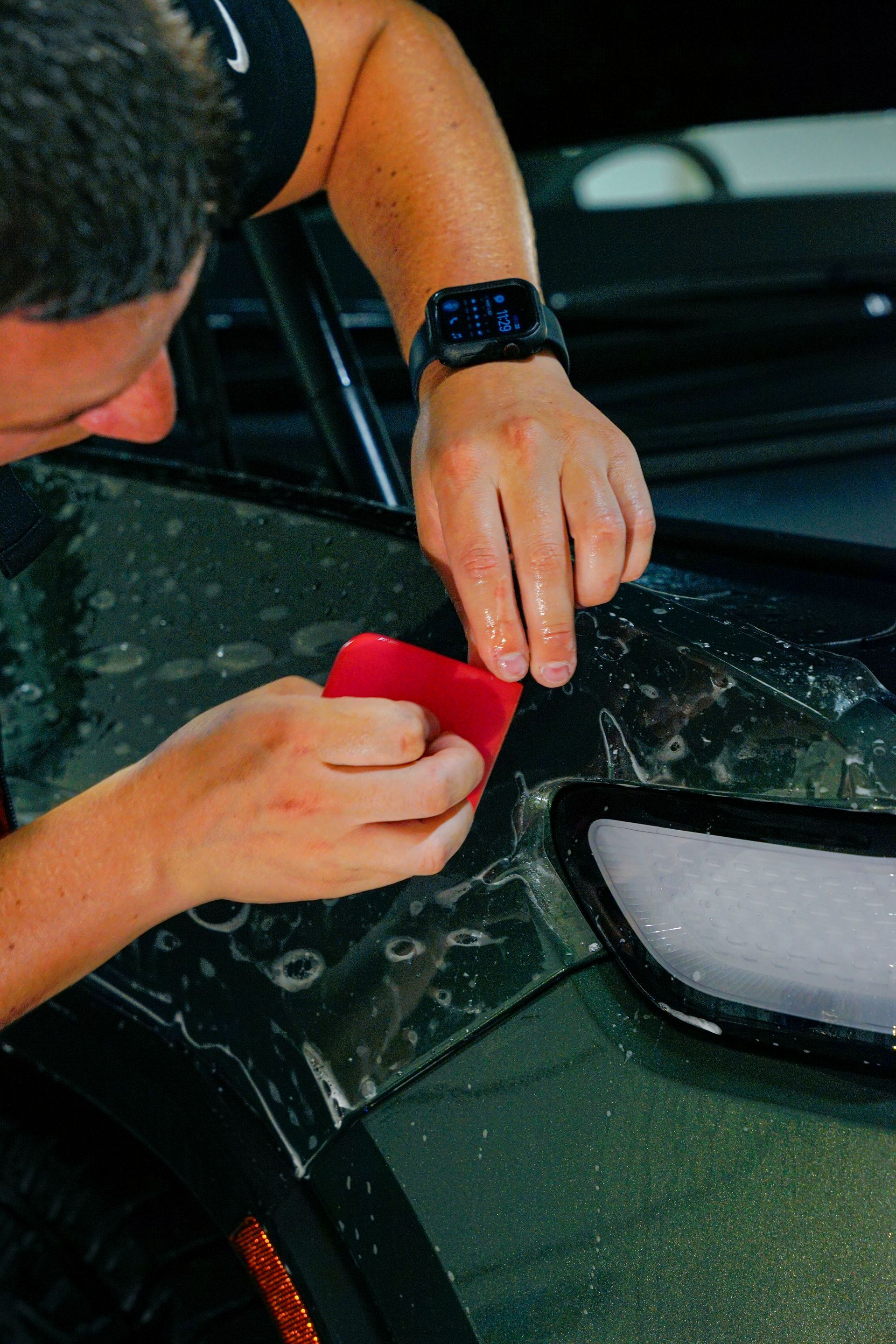
Maximizing Your Paint Protection Film's Lifespan
To ensure that your paint protection film (PPF) lasts as long as possible, there are several key strategies you can employ. First and foremost, choosing a high-quality PPF is essential. Investing in a reputable product will not only provide better protection for your vehicle's paint but also extend the overall lifespan of the film. Thicker films generally offer greater durability, making them more resistant to damage from road debris and other hazards. Proper installation is another crucial factor in maximizing the longevity of your PPF. Seeking professional installation services from experienced technicians ensures that the film is applied correctly, without any bubbles or imperfections that could compromise its effectiveness. Professional installers have the expertise and knowledge to handle the process with care, giving you peace of mind knowing that your PPF is properly installed.
Regular maintenance also plays a vital role in extending the lifespan of your PPF. Washing your vehicle with gentle products and techniques is important to avoid damaging the film. Using abrasive brushes or harsh chemicals can degrade the protective properties of the PPF over time. Instead, opt for microfiber towels and mild soaps specifically formulated for use on PPF. Additionally, avoiding automatic car washes with abrasive brushes is highly recommended. These brushes can scratch or peel off the PPF, compromising its effectiveness and reducing its lifespan. Opting for handwashing or touchless car washes that utilize high-pressure water jets for cleaning is a safer choice, ensuring that your PPF remains intact.
Overall, investing in high-quality PPF, getting professional installation, practicing proper maintenance techniques, and applying protective sealants or waxes are all key steps in maximizing the lifespan of your paint protection film.
Protection from Environmental Factors
Environmental factors can have a significant impact on the condition and longevity of your paint protection film (PPF). By understanding these factors and taking appropriate measures to protect your PPF, you can ensure that it remains effective and extends its lifespan.
One major environmental factor to be aware of is UV radiation. The sun's rays can cause the PPF to degrade over time, leading to discoloration or even peeling. To combat this, consider parking your vehicle in shaded areas whenever possible or using a car cover when it will be exposed to prolonged sunlight. Another factor to consider is extreme temperatures. Both extremely high and low temperatures can affect the performance of your PPF. In hot weather, the film may become more susceptible to adhesive failure, causing it to bubble or lift off the surface. On the other hand, in cold temperatures, the film may become brittle and prone to cracking upon impact. Protecting your vehicle from extreme temperature conditions whenever feasible can help mitigate these risks.
Moreover, road debris poses a constant threat to the integrity of your PPF. While the film provides a protective layer against minor scratches and chips, larger stones or rocks can cause more severe damage. Practicing safe driving habits such as maintaining an appropriate following distance from other vehicles and avoiding construction zones can help minimize exposure to potential hazards. Lastly, pollutants and contaminants like bird droppings, tree sap, or industrial fallout can etch into the PPF if not promptly addressed. Regularly washing your vehicle and removing any foreign substances will help prevent chemical reactions that could damage the film.
By being mindful of these environmental factors and taking proactive measures to protect your PPF from their effects, you can significantly extend its lifespan and ensure optimal long-term protection for your vehicle.
Routine Care and Maintenance Practices
To ensure the longevity of your paint protection film (PPF) and keep it looking pristine, adopting a regular care and maintenance routine is essential. By following these practices, you can prevent damage, preserve the appearance of your car's exterior, and maximize the lifespan of your PPF.
One crucial aspect of routine care is to allow ample time for the PPF to cure before washing your vehicle. This curing process typically takes around 30 days, but consult with the manufacturer or installer for specific recommendations. During this period, avoid getting the PPF wet, which may cause premature adhesion issues. When it comes to washing your car with PPF, opt for gentle cleaning methods. Start by rinsing off loose dirt and debris with a hose or pressure washer set at low pressure. Next, use a mild automotive detergent or pH-balanced soap mixed with water to clean the surfaces. Avoid abrasive scrubbing tools or brushes that can potentially scratch or damage the film. Use microfiber cloths or soft sponges to gently clean the surfaces without causing any harm. Pat the car dry using a clean microfiber towel or allow the car to air dry naturally.
Another important practice is spot cleaning any stubborn stains that may occur on your PPF. If bird droppings, tar, or other contaminants get on the film, it's important to address them promptly. Begin by spraying lukewarm water on the affected area to loosen the debris. Then, use a specialized cleaner recommended for PPF or isopropyl alcohol to gently wipe away the stain without damaging the protective film. Regularly inspecting your PPF for wear and tear is also crucial to maintaining its protection. Look for any signs of peeling, bubbling, or discoloration. Should you notice any issues, consult with a professional to address them promptly and prevent further damage.
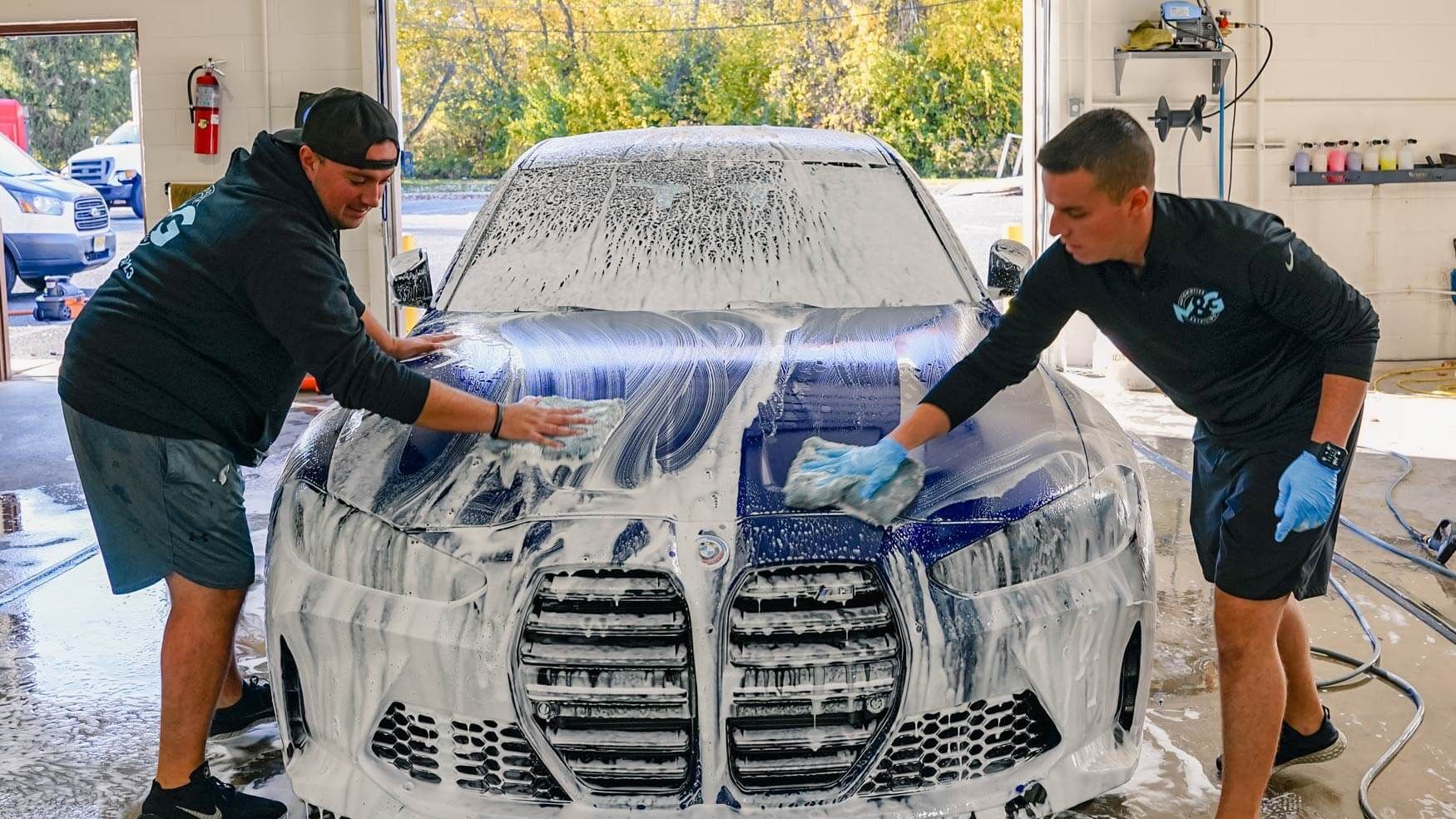
Choosing the Right Cleaning Products
Properly maintaining your paint protection film (PPF) is essential for extending its lifespan and ensuring optimal performance. One crucial aspect of maintenance is choosing the right cleaning products. Using incorrect or harsh chemicals can damage the film and compromise its protective qualities. So what should you consider when selecting cleaning products for your PPF?
First and foremost, look for products that are specifically formulated for use on PPF. These products are designed to be gentle on the film while effectively removing dirt and contaminants. Avoid using household cleaners or products that contain abrasive compounds, as they can cause scratches or discoloration on the film's surface. It's also important to choose pH-neutral cleaning solutions. High-pH cleaners or acidic substances can deteriorate the protective properties of the PPF over time. pH-neutral products maintain the integrity of the film while effectively cleaning away grime without causing any harm.
When it comes to applicators, microfiber towels are an excellent choice for cleaning PPF. Their soft texture helps prevent scratching, and they efficiently absorb water and cleaning solutions for streak-free results. Avoid using rough towels or brushes that could potentially damage the film's surface. Remember to read product labels carefully and follow instructions provided by both the manufacturer of your paint protection film and the cleaning product you choose. This ensures compatibility and optimal results. With proper cleaning practices in place, it's equally important to be aware of signs pointing towards the need for a replacement of your paint protection film.
Signs Your Paint Protection Film Requires Replacement
While paint protection film is durable and long-lasting, there may come a time when it needs to be replaced. It's crucial to recognize the signs that indicate the film has reached its limit and is no longer providing the desired level of protection. So, what are some common signs that your paint protection film requires replacement?
Over time, you may start noticing areas where the film has become cloudy or discolored, hindering its transparency. This could be an indication that the film has deteriorated and is no longer effectively protecting the underlying paint. Another sign to watch out for is any visible damage or peeling of the film. If you notice areas where the film is lifting, cracking, or showing signs of wear and tear, it's essential to address these issues promptly. Damaged or peeling film leaves your vehicle vulnerable to scratches, stains, and other potential damage.
Additionally, pay attention to any loss of self-healing properties. Some high-quality PPFs have self-healing qualities that can help eliminate minor scratches or swirl marks with heat from the sun or a heat gun. If you notice that scratches or marks are no longer disappearing as they did before, it could be an indication that the film's self-healing capabilities are diminishing. Lastly, consider the age and condition of your paint protection film. Over time, even with proper maintenance, PPF will naturally degrade. If your film has been in place for many years, it's worth considering a replacement to ensure continued protection for your vehicle's paintwork.
Regular inspections and addressing any issues promptly can help prolong the life of your paint protection film and maximize its protective qualities. When in doubt about whether your film requires replacement, consulting with a professional detailer or installer can provide valuable insights based on their expertise.
Consultation and Professional Care Options
When it comes to extending the lifespan of your paint protection film (PPF), seeking consultation and professional care options can provide invaluable guidance and expertise. While you can certainly handle some maintenance tasks yourself, consulting with professionals who specialize in PPF installation and care can ensure that you're taking the best possible approach for your specific needs.
By scheduling a consultation with a PPF expert, they can assess the current condition of your film and determine if any maintenance or replacement is necessary. Their trained eye can spot potential issues that may not be apparent to an untrained observer. They will consider factors such as the age of the film, its thickness, and any signs of damage like yellowing, fading, peeling, or bubbling. Consulting a professional installer can provide guidance on the condition of the PPF and whether replacement is necessary.
Professionals can offer personalized advice based on their expertise and experience working with different types of PPF. They can recommend suitable maintenance techniques tailored to your specific circumstances and help you understand how to care for your film effectively. In addition to consultations, professional care options are also available for those who prefer to entrust the maintenance of their PPF to experts. Auto detailing shops or specialized PPF installers often offer services specifically designed to extend the lifespan and preserve the appearance of your protective film. These services may include thorough washing and cleaning using gentle products to avoid damaging the film, applying protective sealants or waxes formulated for use with PPF, and even periodic inspections and touch-ups if needed. By having professionals regularly maintain your PPF, you can ensure that it remains in optimal condition and continues to provide the level of protection you desire.
Professional care options can provide a convenient and hands-off approach to preserving the lifespan of your PPF while also benefiting from the knowledge and expertise of experienced professionals. It's important to note that consultation and professional care options may come with associated costs. However, considering the investment you've made in your vehicle's paint protection and the potential long-term benefits, these services can be well worth it. Ultimately, the decision whether to seek professional assistance or take a DIY approach to PPF maintenance depends on your personal preferences, available time, and level of comfort with performing these tasks yourself.
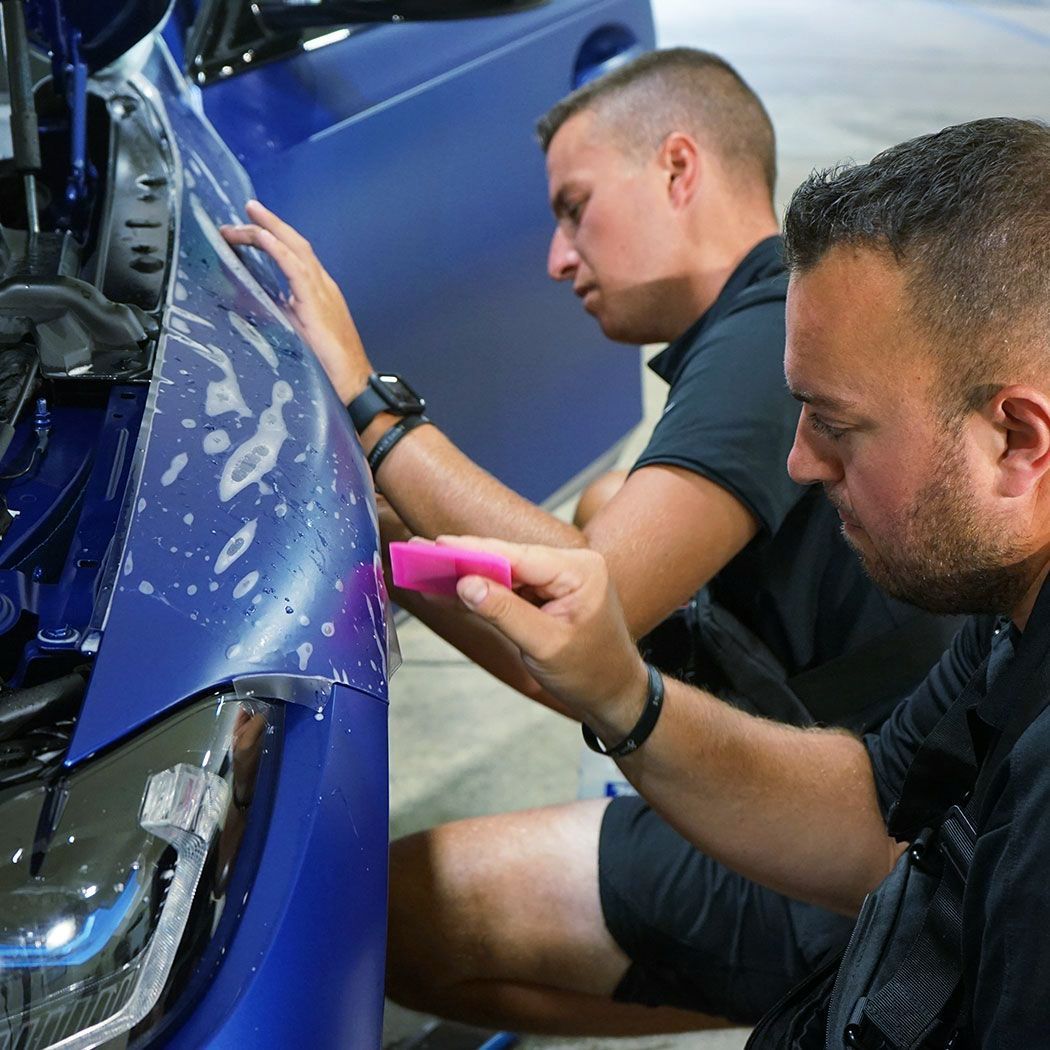
Professional Paint Protection Film Service in Mount Laurel, NJ
Elevate your vehicle's protection to the next level with M&G Automotive Detailing, your premier destination for professional paint protection film services in Mount Laurel, NJ. Our skilled technicians are committed to safeguarding your car's pristine finish from road debris, scratches, and environmental hazards, ensuring it looks flawless for years to come. At M&G Automotive Detailing, we combine industry expertise with cutting-edge technology to deliver superior results and exceed your expectations. Don't compromise on your vehicle's appearance and value; choose M&G Automotive Detailing today and shield your investment with the ultimate in paint protection. Contact us now to schedule your appointment and experience automotive excellence like never before.
